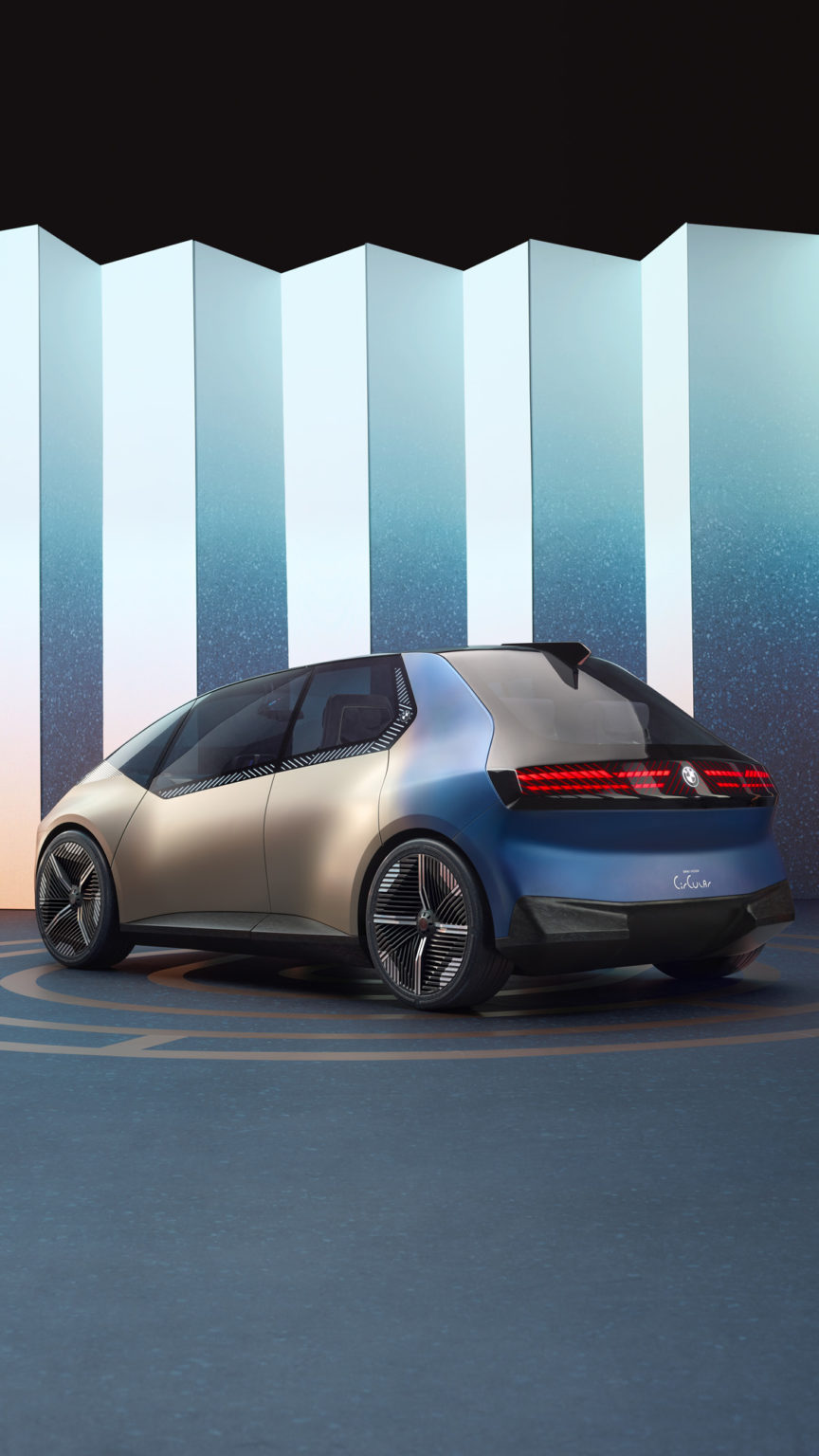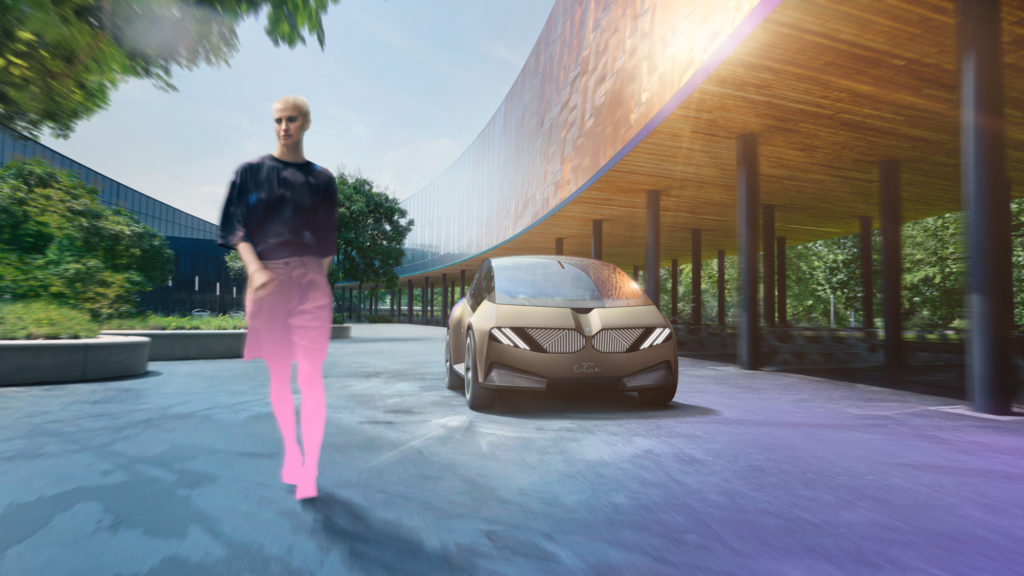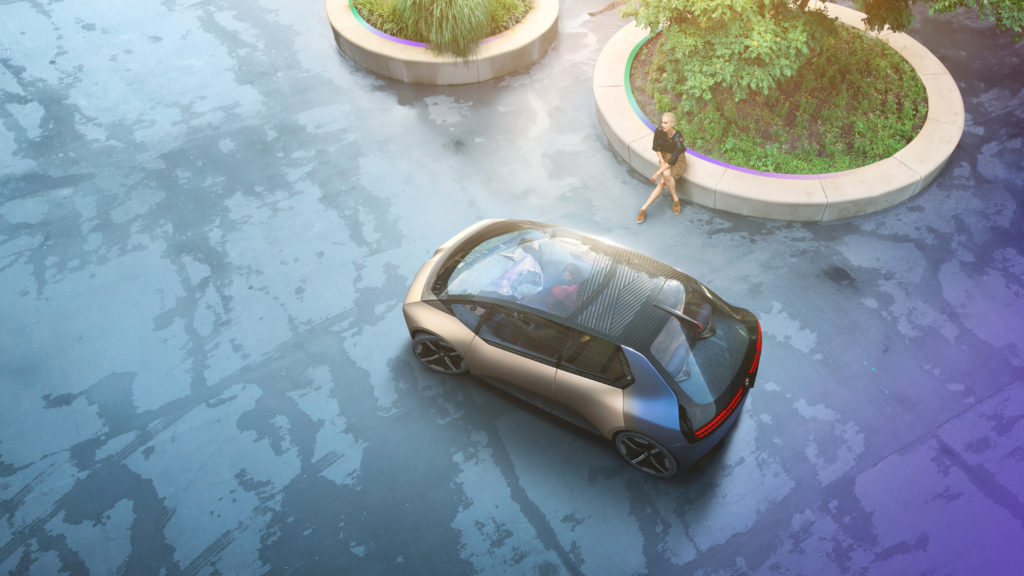HOME x BMW
In 2040, just 18 years from now, luxury vehicles will look very different.
It’s not just the way they will look that will be different, though; it is also how they will make you feel and what impact they will have on the environment.
The BMW i Vision Circular is a car that embodies luxury and sustainability equally.
Looking ahead, BMW has a vision for a circular economy that is embodied in its goal to become the world’s most sustainable manufacturer of premium vehicles. That goal has a name: the BMW i Vision Circular, and it’s already more than a goal — it’s the driving force of a company determined to make its mark without leaving a footprint.

The basis of this plan considers a compact vehicle focused squarely on sustainability and luxury; a four-seater, fully-electric vehicle with a generous amount of interior space in its approximately four-metre footprint.
“BMW’s overriding aim of the BMW i Vision Circular was to create a visionary vehicle that is optimised for closed materials cycles with a goal of achieving 100 per cent use of recycled materials and 100 per cent recyclability at the end of its life,” explains Adam Shaver, managing director of BMW Group New Zealand.

“The ideas and visions behind the BMW i Vision Circular provide an insight to the future of our company while also complementing the holistic sustainability strategy that is already playing a central role in our business operations across the world, including here in New Zealand.”
In the future, materials from a previous product life cycle should be used alongside bio-based, certified raw materials. At the same time, this focus on the use of secondary materials signifies a new approach to modern design. After all, sustainability and high-quality aesthetics are not mutually exclusive. The focus on reduction and the integration of multiple functions within a single component is also creating new pathways in design.

In terms of materials, the BMW i Vision Circular will be focused on the use of recycled materials that can be disassembled quickly and easily at the end of the product life cycle by ensuring the manufacturing process avoids bonded connections and composite materials so each can be reused, finding its way back into the product cycle.
From the exterior, the BMW i Vision Circular embodies an engaging aesthetic — a clear, mono-volume design is made up of a small number of parts. Inside, the design seeks to create a luxurious ambience, utilising considered materials that reduce resource use.
Find out more at bmw.co.nz




